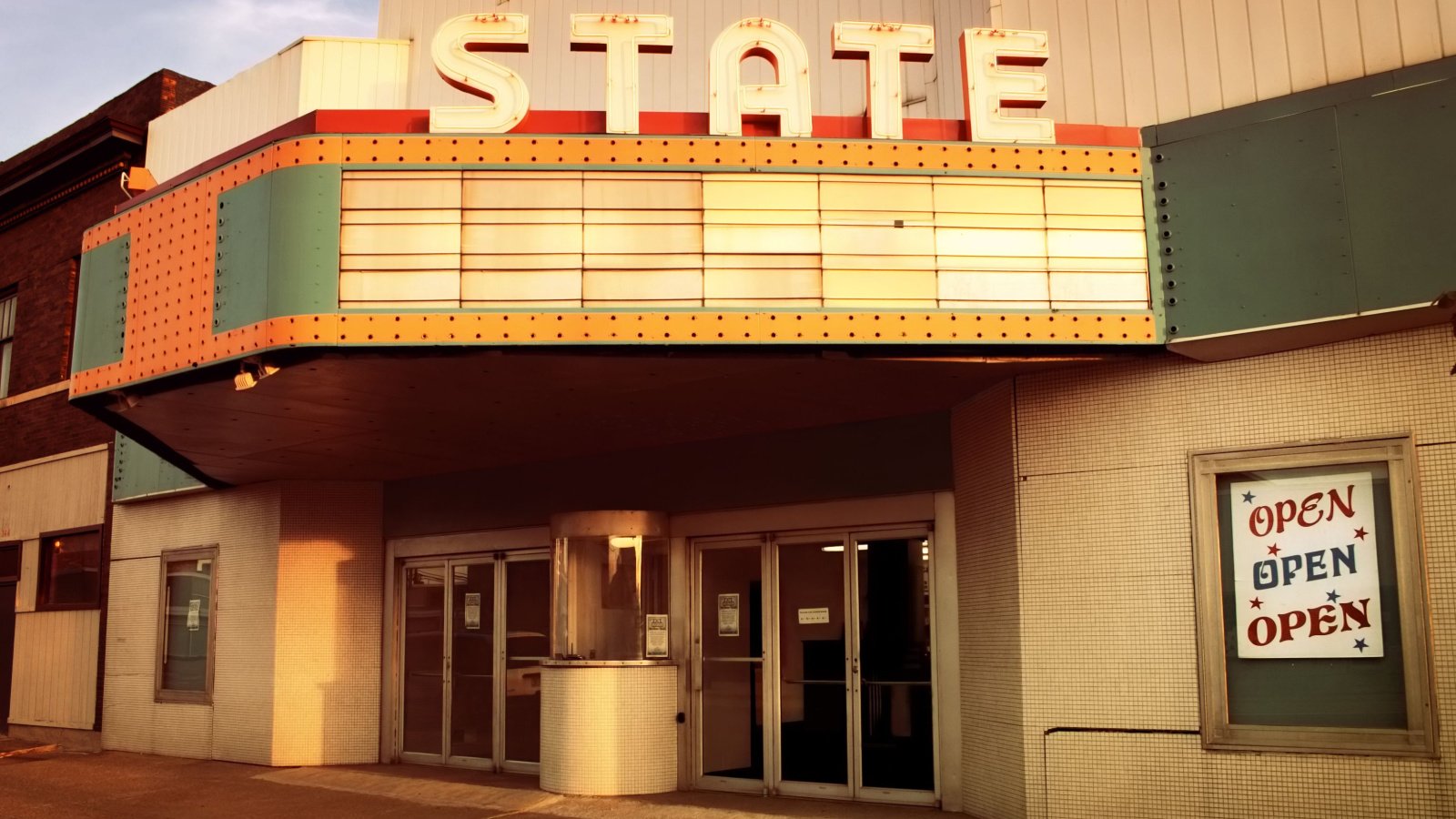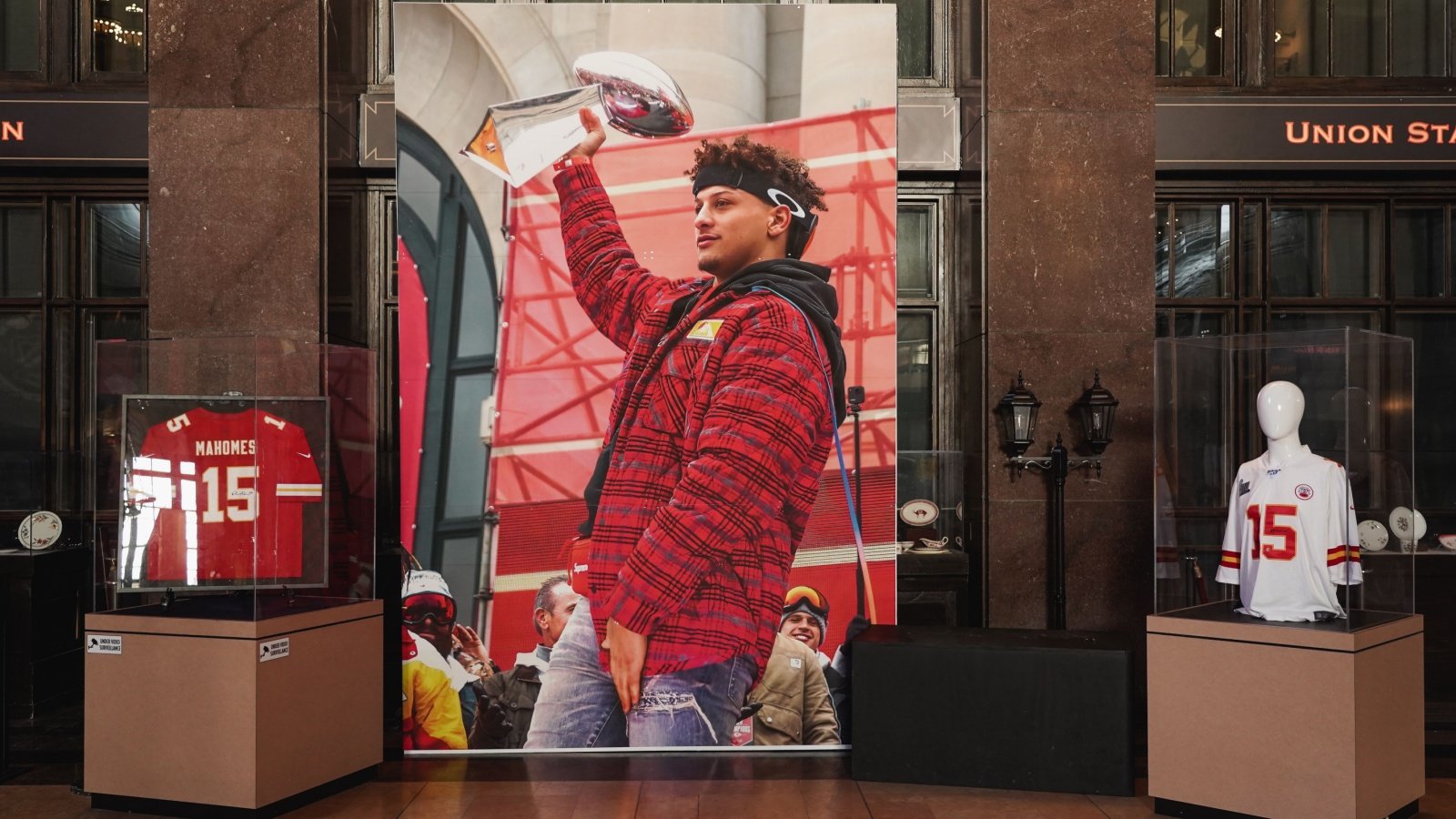Do you like scary movies? The following horror movies are so good, they’re iconic. For horror enthusiasts, these must-watch classics are a staple in their collection, setting the standard for the entire genre. But which one is the most perfect horror movie ever made? That’s for you to decide.
The Exorcist
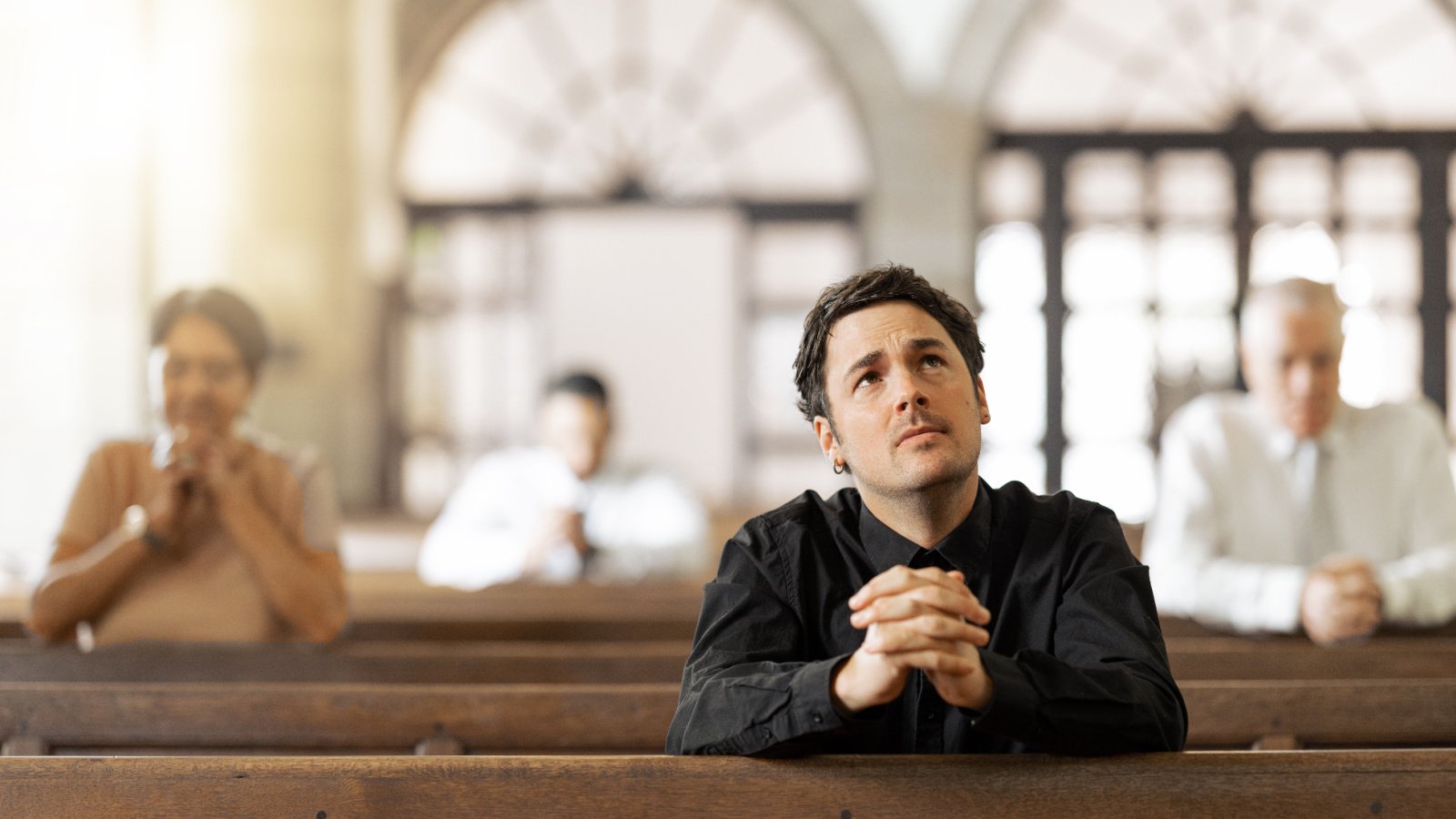
Released in 1973, The Exorcist remains the original grandmaster film about demonic possession. The disturbing imagery and storyline of a young girl’s exorcism still evoke deep fear. It is renowned for causing fainting in theaters during its initial release.
Psycho
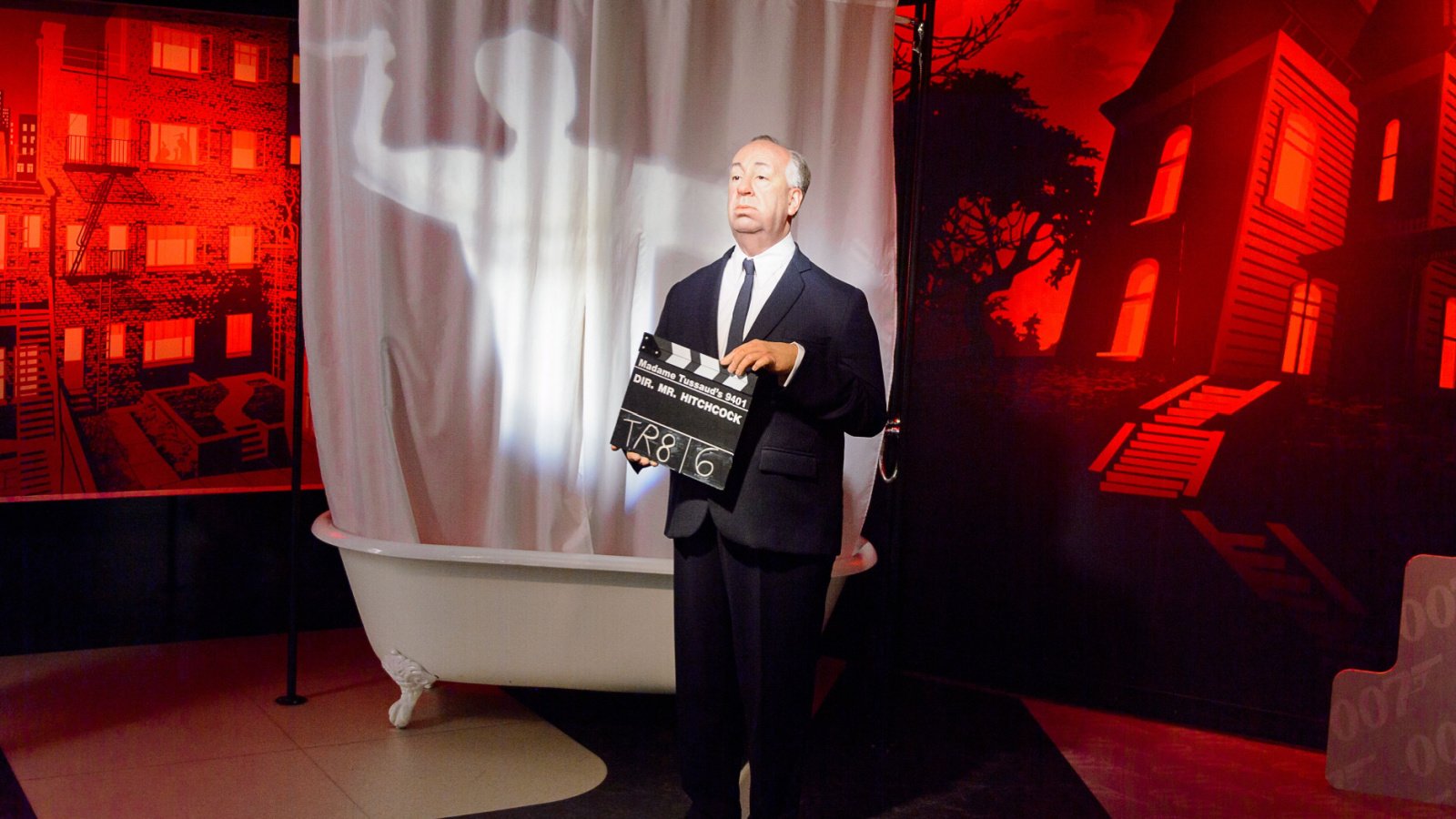
Alfred Hitchcock’s 1960 masterpiece, Psycho, set new standards for psychological horror and suspense. The infamous shower scene, backed by Bernard Herrmann’s piercing score, has haunted viewers for decades.
Halloween

John Carpenter’s Halloween (1978) introduced the world to Michael Myers, shaping the slasher genre. Its use of first-person camera perspectives intensifies the suspense, making viewers feel stalked by the killer. The simplicity of the mask and the soundtrack heightens the terror.
The Shining
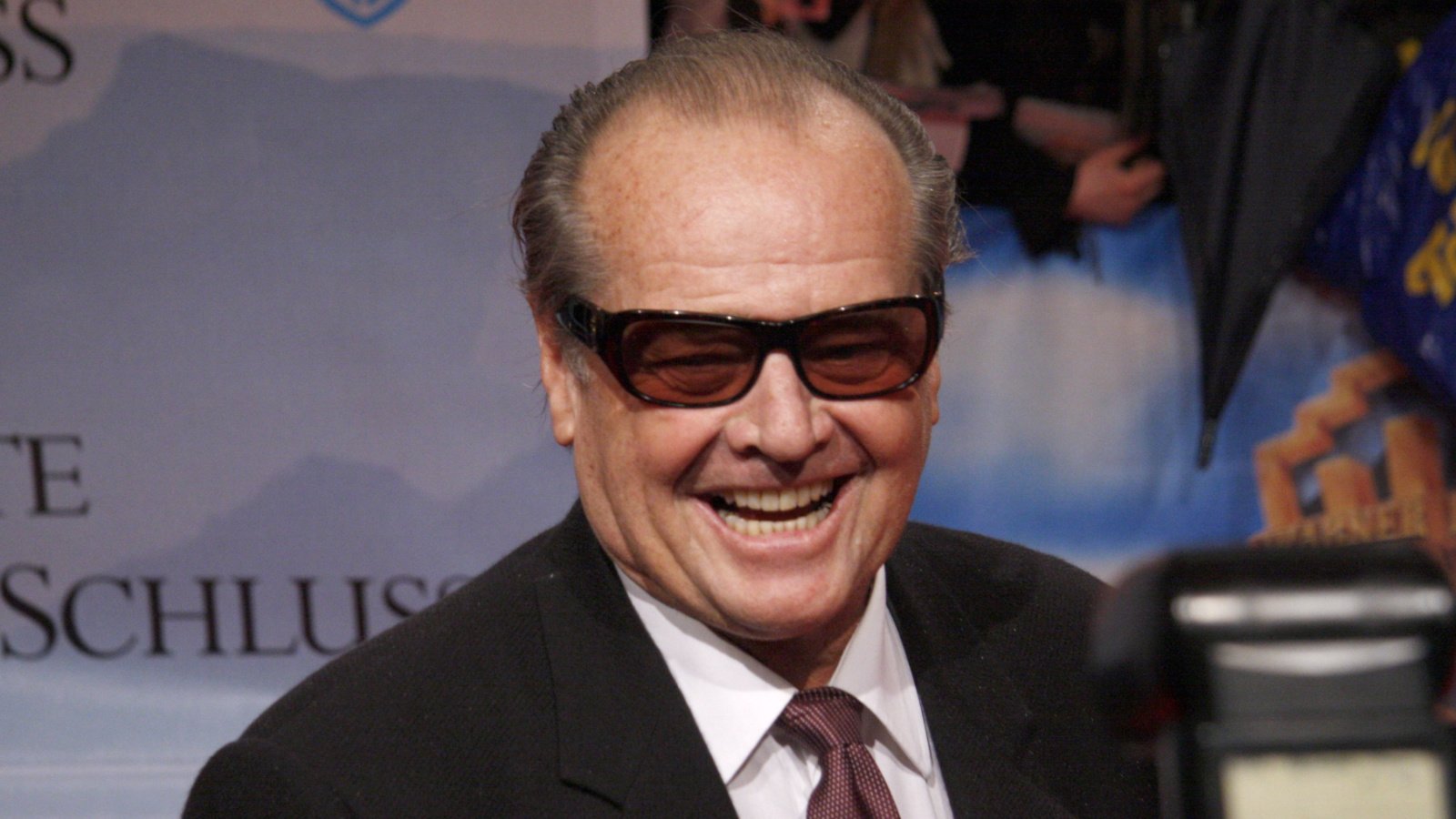
Stanley Kubrick’s adaptation of Stephen King’s novel The Shining in 1980 offers a chilling exploration of madness and supernatural horror. Jack Nicholson’s portrayal of a man descending into insanity in an isolated hotel is both terrifying and iconic. The eerie twins and the REDRUM scene have been referenced in pop culture countless times.
Hereditary

Ari Aster’s Hereditary (2018) brings a fresh, visceral horror to family trauma. The film’s creeping dread and shocking imagery culminates in a nightmarishly intense finale. It’s a modern horror film that effectively evokes deep-seated terror.
The Texas Chainsaw Massacre

Tobe Hooper’s 1974 film The Texas Chainsaw Massacre shook audiences with its raw portrayal of gruesome violence. The gritty terror of Leatherface set it apart and left an enduring influence on cinema.
A Nightmare on Elm Street

Wes Craven’s 1984 film A Nightmare on Elm Street introduced Freddy Krueger, a villain who kills people in their dreams. The concept of a danger that can attack you in your sleep was new and terrifying.
The Conjuring
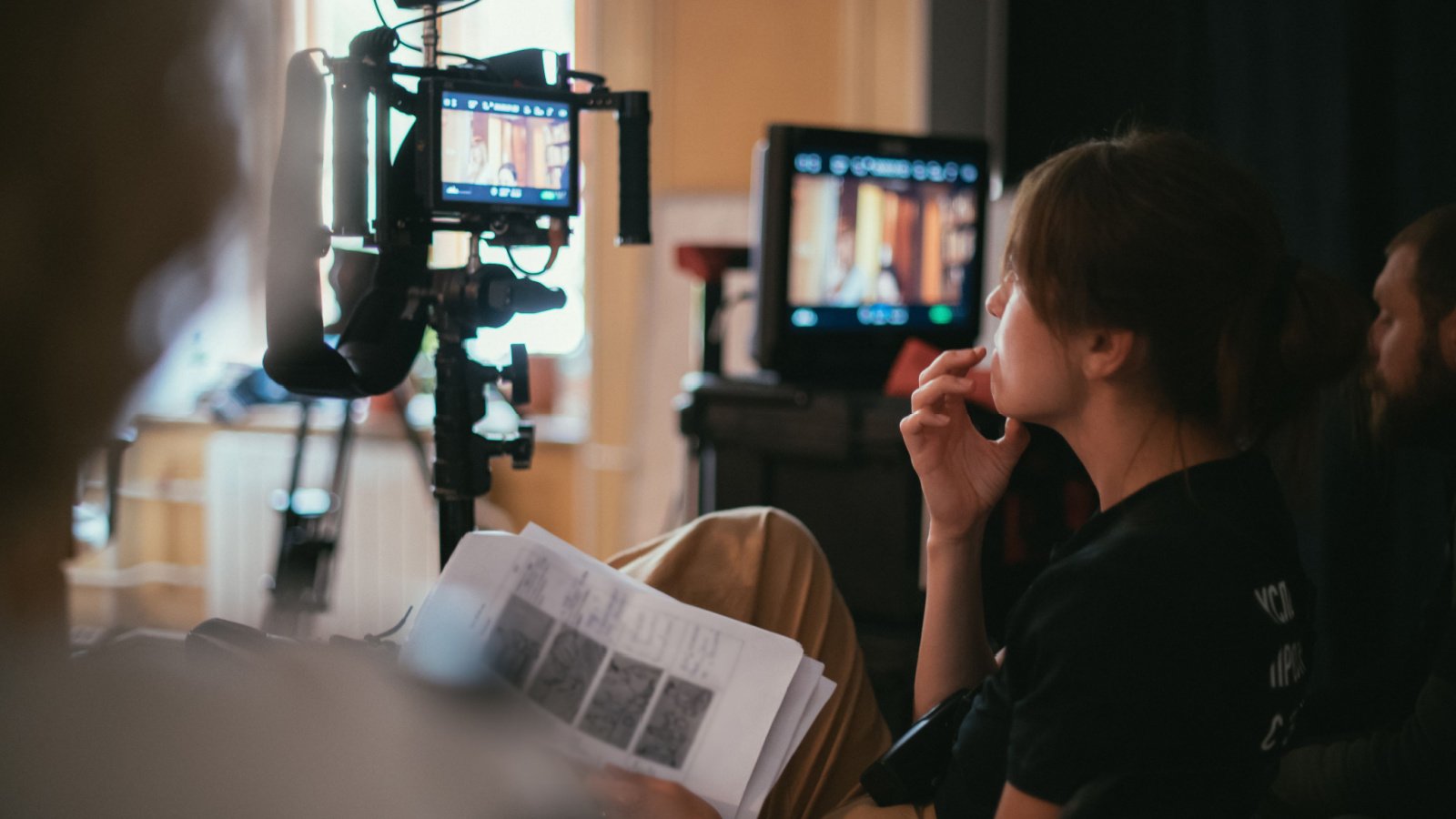
The Conjuring (2013) revitalized the haunted house genre with its effective use of tension and scares. Based on true events, it follows paranormal investigators Ed and Lorraine Warren. The film’s success spawned a franchise.
Jaws
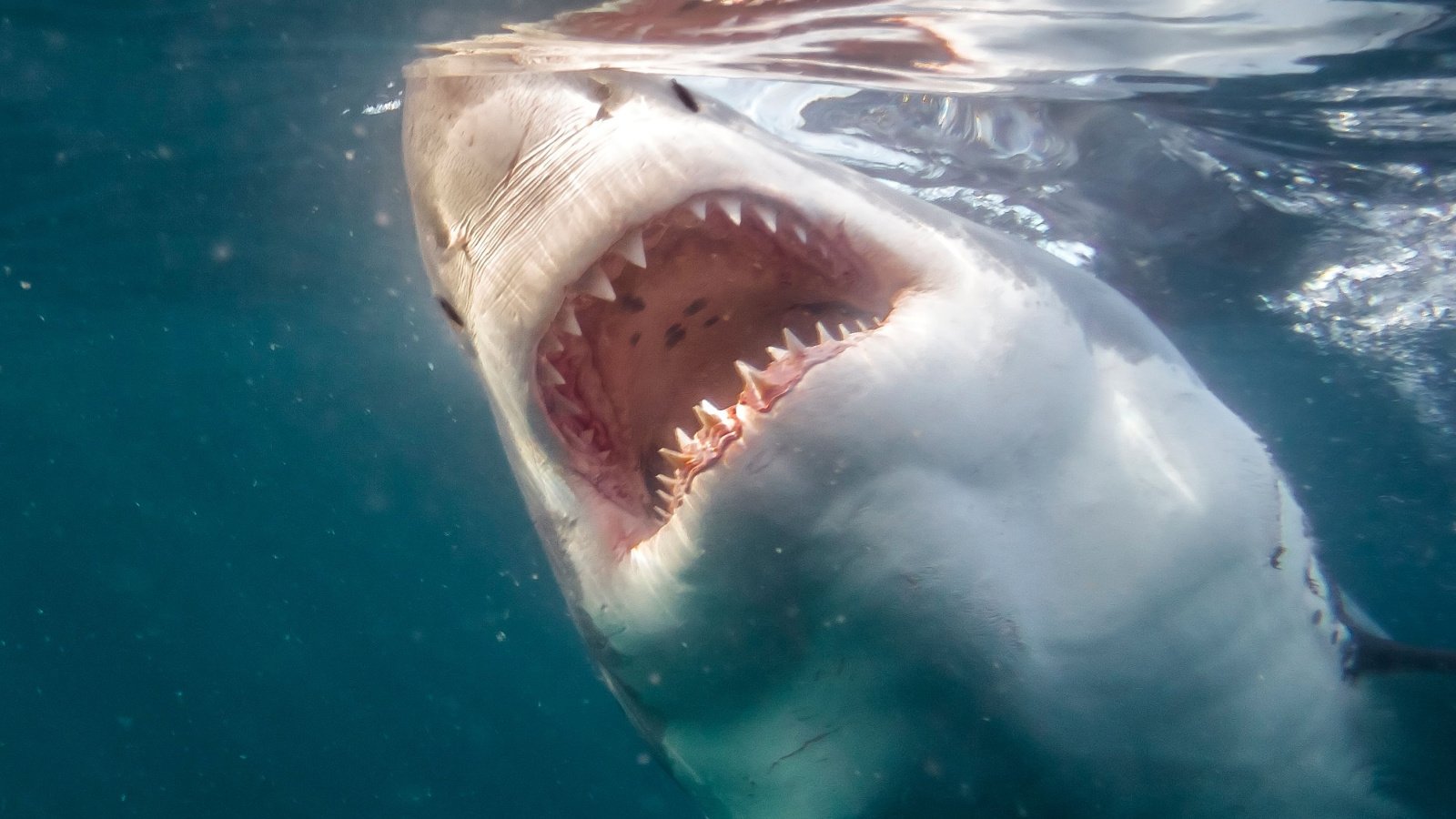
Steven Spielberg’s Jaws (1975) terrified audiences with the lurking danger of an enormous shark. The film’s suspenseful buildup and John Williams’ iconic score can make anyone think twice about going into the water. The film remains a masterclass in suspense and horror.
The Ring
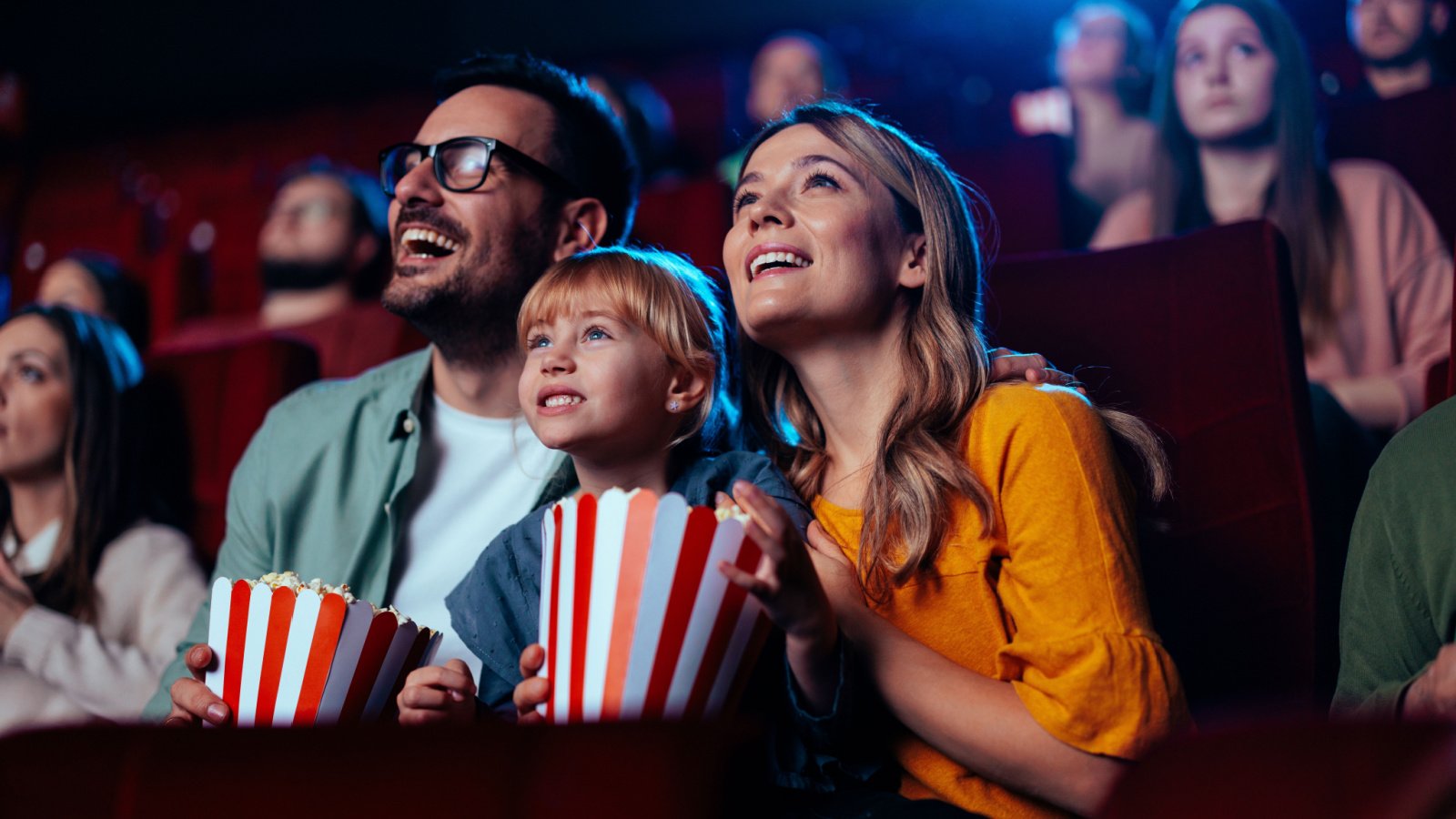
Gore Verbinski’s The Ring (2002) introduced a supernatural horror to a new generation with the eerie premise of a cursed videotape. The film combines traditional scare tactics with a creeping existential dread, marked by its disturbing visuals and chilling final scene.
Rosemary’s Baby

Roman Polanski’s 1968 film Rosemary’s Baby is a psychological horror that taps into deep-seated fears. It explores the paranoia of a pregnant woman who suspects an evil plot against her baby. The atmospheric tension and the sense of isolation in a crowded city amplify the horror.
It

It (2017) firmly embedded Pennywise the Clown into the minds of all who watched the film. It expertly blends childhood fears with adult horror, making it resonate with viewers of all ages.
Alien

Ridley Scott’s Alien (1979) redefined horror in space with its claustrophobic atmosphere and the relentless threat of an alien creature. The design of the alien and the tension of the crew’s isolation create a palpable dread. Its tagline, “In space, no one can hear you scream,” perfectly captures its horrifying essence.
The Blair Witch Project
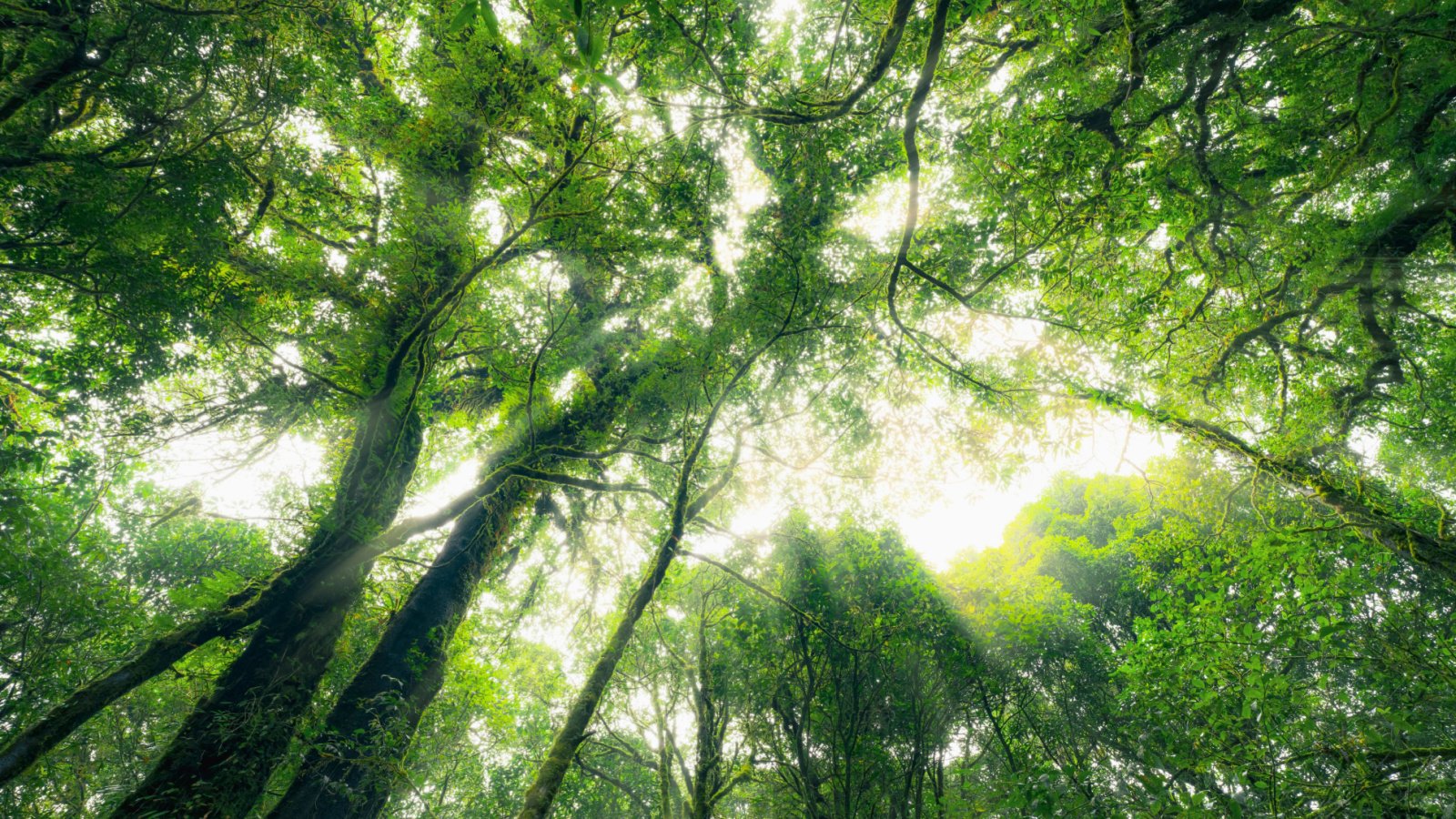
The Blair Witch Project (1999) pioneered the found-footage subgenre, making it one of the most influential horror films of its time. Its low-budget approach and the realism of the footage created an intense, unsettling experience.
Get Out
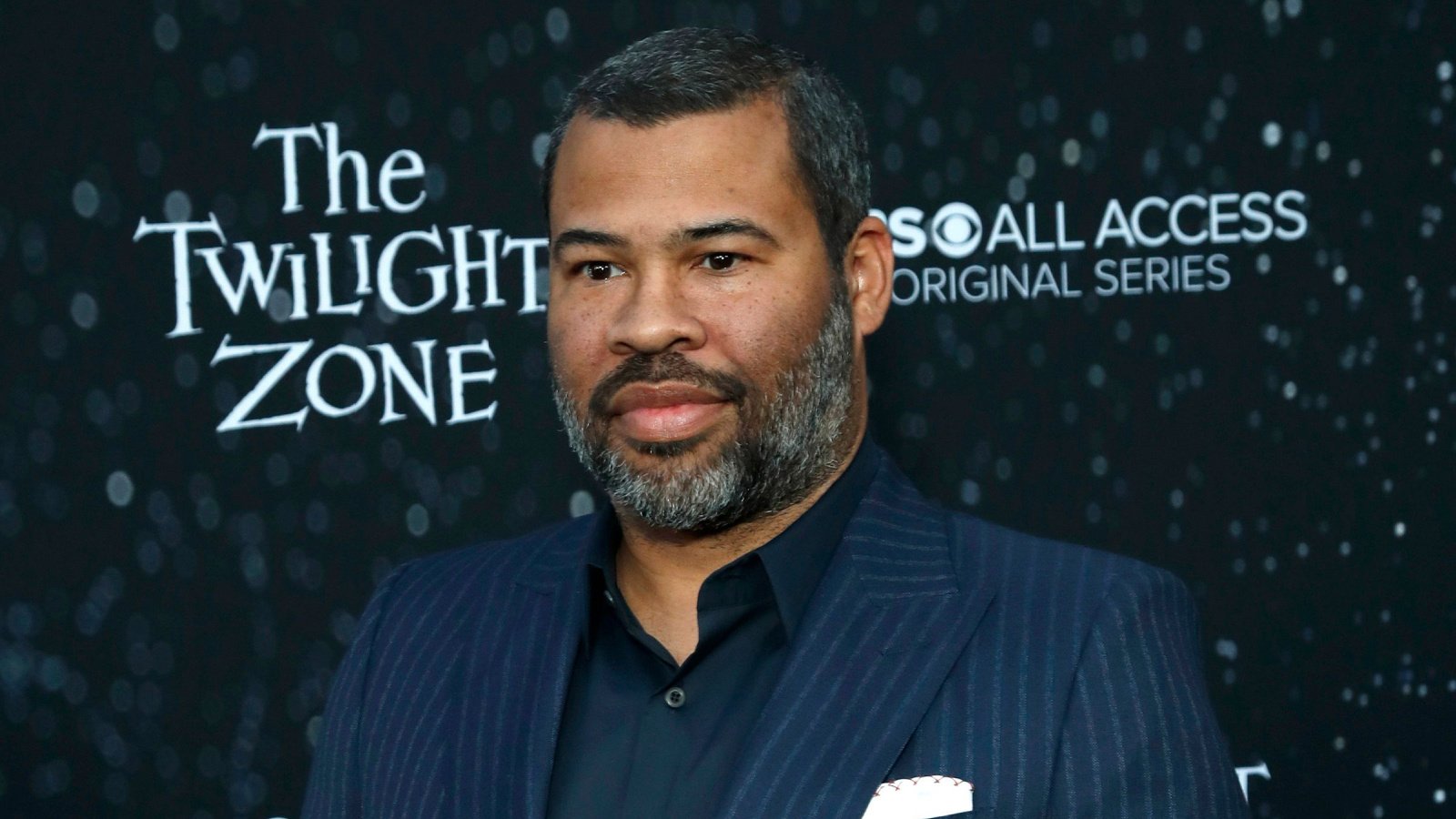
Jordan Peele’s Get Out (2017) combines sharp social commentary with genuine horror, crafting a deeply unsettling psychological thriller. The film’s exploration of racism through the lens of horror is both innovative and chilling.
Silence of the Lambs

Silence of the Lambs (1991), featuring the cannibalistic serial killer Hannibal Lecter, blends horror with psychological thriller elements. Its intense narrative and standout performances by Anthony Hopkins and Jodie Foster create a gripping and horrific experience.
Paranormal Activity

Paranormal Activity (2007) used its low budget to great effect with a simple premise that delivered maximum scares. The security camera footage and natural acting helps build a credible sense of dread. The film revitalized the found-footage subgenre.
The Babadook

Jennifer Kent’s The Babadook (2014) is a psychological horror that explores grief and motherhood through the lens of a sinister storybook monster. The Babadook itself has become a cultural icon in horror.
Sinister
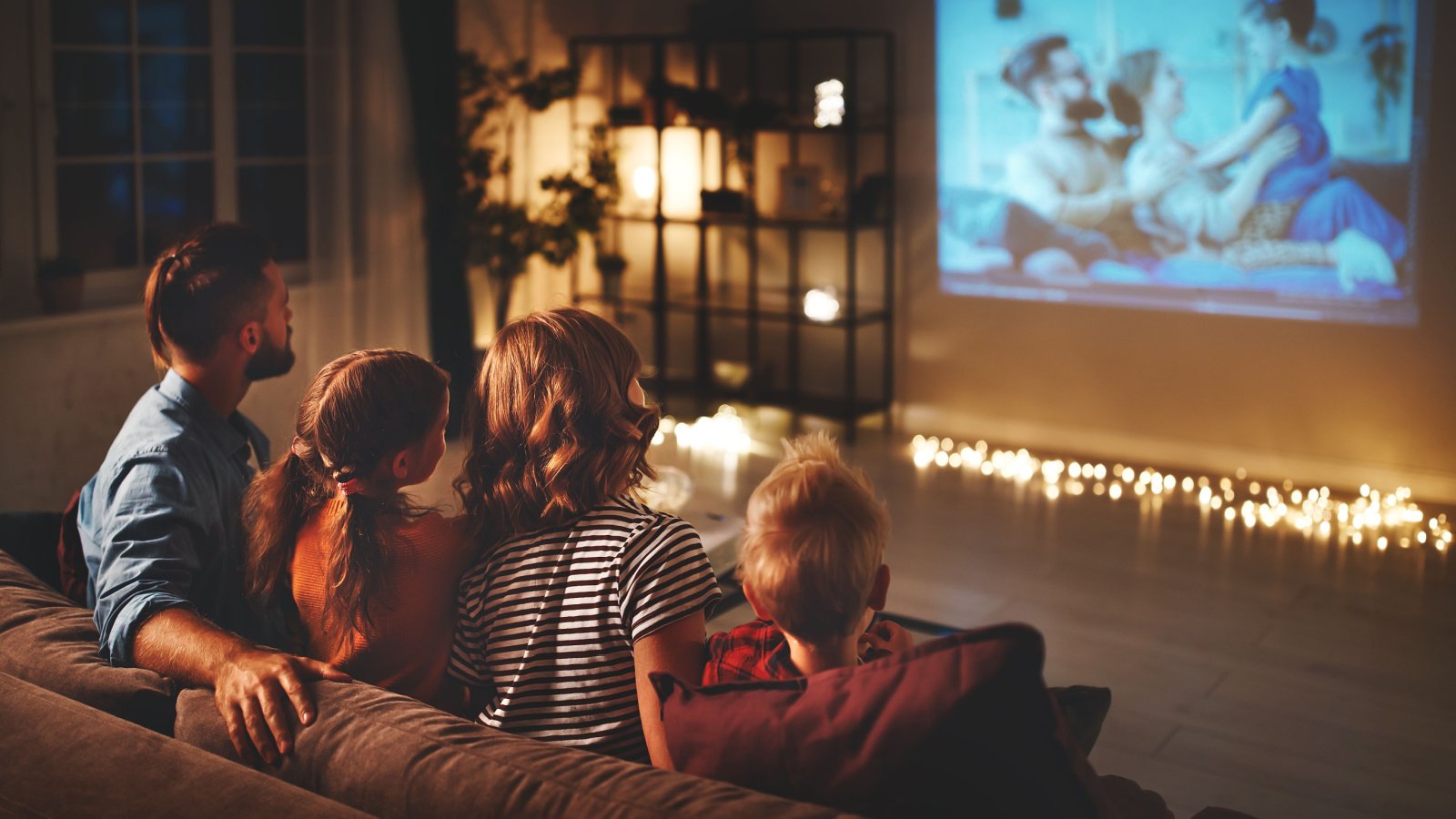
Sinister (2012) terrifies with its story of a writer who uncovers horrifying home movies that put his family at risk. Its effective use of found footage within the narrative amplifies the terror. The film is noted for its atmosphere, eerie soundtrack, and disturbing imagery.
Carrie

Carrie (1976), another Stephen King adaptation, combines supernatural elements with the real-life horrors of high school bullying. Sissy Spacek’s portrayal of the outcast teen with telekinetic powers is both sympathetic and frightening. The climax at the prom remains one of the most iconic scenes in horror cinema.
The Witch

The Witch (2015) offers a chilling look at early American religious zeal and isolation. Its slow-burning plot is punctuated with moments of stark terror and a pervasive sense of dread. The film’s authenticity and atmospheric tension make it a standout horror movie.



